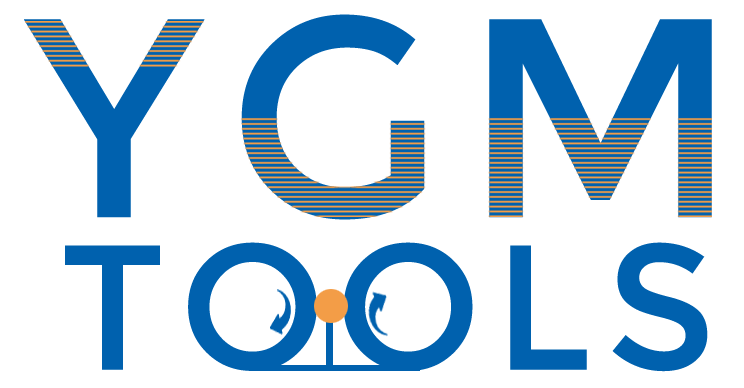
-
 Afrikaans
Afrikaans -
 Albanian
Albanian -
 Amharic
Amharic -
 Arabic
Arabic -
 Armenian
Armenian -
 Azerbaijani
Azerbaijani -
 Basque
Basque -
 Belarusian
Belarusian -
 Bengali
Bengali -
 Bosnian
Bosnian -
 Bulgarian
Bulgarian -
 Catalan
Catalan -
 Cebuano
Cebuano -
 Corsican
Corsican -
 Croatian
Croatian -
 Czech
Czech -
 Danish
Danish -
 Dutch
Dutch -
 English
English -
 Esperanto
Esperanto -
 Estonian
Estonian -
 Finnish
Finnish -
 French
French -
 Frisian
Frisian -
 Galician
Galician -
 Georgian
Georgian -
 German
German -
 Greek
Greek -
 Gujarati
Gujarati -
 Haitian Creole
Haitian Creole -
 hausa
hausa -
 hawaiian
hawaiian -
 Hebrew
Hebrew -
 Hindi
Hindi -
 Miao
Miao -
 Hungarian
Hungarian -
 Icelandic
Icelandic -
 igbo
igbo -
 Indonesian
Indonesian -
 irish
irish -
 Italian
Italian -
 Japanese
Japanese -
 Javanese
Javanese -
 Kannada
Kannada -
 kazakh
kazakh -
 Khmer
Khmer -
 Rwandese
Rwandese -
 Korean
Korean -
 Kurdish
Kurdish -
 Kyrgyz
Kyrgyz -
 Lao
Lao -
 Latin
Latin -
 Latvian
Latvian -
 Lithuanian
Lithuanian -
 Luxembourgish
Luxembourgish -
 Macedonian
Macedonian -
 Malgashi
Malgashi -
 Malay
Malay -
 Malayalam
Malayalam -
 Maltese
Maltese -
 Maori
Maori -
 Marathi
Marathi -
 Mongolian
Mongolian -
 Myanmar
Myanmar -
 Nepali
Nepali -
 Norwegian
Norwegian -
 Norwegian
Norwegian -
 Occitan
Occitan -
 Pashto
Pashto -
 Persian
Persian -
 Polish
Polish -
 Portuguese
Portuguese -
 Punjabi
Punjabi -
 Romanian
Romanian -
 Russian
Russian -
 Samoan
Samoan -
 Scottish Gaelic
Scottish Gaelic -
 Serbian
Serbian -
 Sesotho
Sesotho -
 Shona
Shona -
 Sindhi
Sindhi -
 Sinhala
Sinhala -
 Slovak
Slovak -
 Slovenian
Slovenian -
 Somali
Somali -
 Spanish
Spanish -
 Sundanese
Sundanese -
 Swahili
Swahili -
 Swedish
Swedish -
 Tagalog
Tagalog -
 Tajik
Tajik -
 Tamil
Tamil -
 Tatar
Tatar -
 Telugu
Telugu -
 Thai
Thai -
 Turkish
Turkish -
 Turkmen
Turkmen -
 Ukrainian
Ukrainian -
 Urdu
Urdu -
 Uighur
Uighur -
 Uzbek
Uzbek -
 Vietnamese
Vietnamese -
 Welsh
Welsh -
 Bantu
Bantu -
 Yiddish
Yiddish -
 Yoruba
Yoruba -
 Zulu
Zulu
Thread Rolling Equipment Maintenance and Repair Solutions for Optimal Performance and Longevity
Understanding Thread Rolling Equipment Service Importance and Best Practices
In the manufacturing and metalworking industries, thread rolling is a critical process for creating strong and precise threaded fasteners. This technique has become increasingly popular due to its efficiency and the superior quality of the threads produced. However, like any complex machinery, thread rolling equipment requires regular maintenance and service to operate optimally. Understanding the importance of thread rolling equipment service and implementing best practices can significantly enhance productivity and reduce downtime.
Importance of Thread Rolling Equipment Service
Thread rolling equipment operates under high pressure and often involves the use of large forces, which can lead to wear and tear over time. Regular servicing and maintenance are essential to ensure that the equipment operates effectively and efficiently. Failure to maintain thread rolling machines can result in several issues, including
1. Reduced Quality Worn rollers or misaligned parts can produce inferior threads, leading to product defects that may compromise the integrity of the final product.
3. Safety Hazards Equipment that has not been properly maintained can pose safety risks to operators. Loose parts or malfunctioning systems can lead to accidents in the workplace, highlighting the importance of regular inspections and repairs.
4. Extended Equipment Lifespan Regular service can help identify potential issues before they escalate into significant problems. This proactive approach can extend the lifespan of the machinery, providing value and saving on capital expenditures.
Best Practices for Thread Rolling Equipment Service
thread rolling equipment service

To ensure that thread rolling machines remain in top condition, manufacturers should adhere to several best practices
1. Routine Inspections Schedule regular inspections of the equipment to check for signs of wear and tear. This includes examining the rollers, hydraulic systems, and any electronic components. Early identification of issues can prevent more serious problems down the line.
2. Lubrication and Cleaning Proper lubrication is vital for the smooth operation of thread rolling machines. Regularly clean the machinery to remove metal shavings and debris that can cause unnecessary friction or damage. Ensure that all moving parts are adequately lubricated to reduce wear.
3. Calibration Regularly calibrate your equipment to ensure precise operations. Keeping your thread rolling machines correctly calibrated will help produce threads to the exact specifications required, reducing scrap rates and enhancing overall efficiency.
4. Training for Operators Invest in training programs for operators to ensure they are knowledgeable about proper equipment use and maintenance protocols. Understanding the machine's capabilities and limitations will help operators prevent misuse and can significantly reduce wear and tear.
5. Documentation of Maintenance Activities Keep thorough records of all maintenance activities, inspections, and repairs. This documentation will help track the equipment's condition over time and identify recurring issues that may need addressing.
6. Consulting Professionals When in doubt, or when repairs are beyond the operational team's capabilities, consulting professionals with specific expertise in thread rolling equipment is advisable. Their specialized knowledge can often lead to more effective solutions and repairs.
Conclusion
In the fast-paced world of manufacturing, maintaining thread rolling equipment should be a priority for ensuring quality and operational efficiency. By understanding the importance of service and implementing best practices, businesses can minimize downtime, reduce defects, and ensure a safe working environment. Investing in proper maintenance not only enhances the equipment's performance but also supports overall business success. With a proactive approach to servicing thread rolling equipment, manufacturers can ensure they remain competitive in the ever-evolving market.
